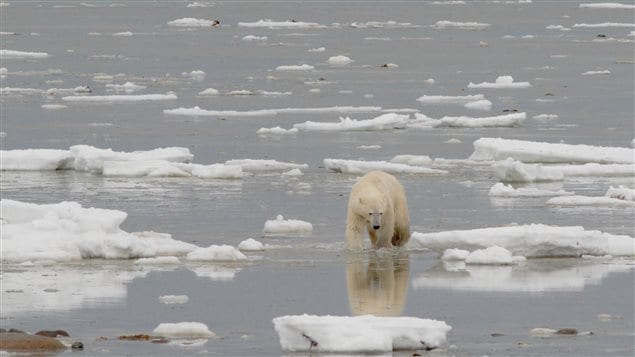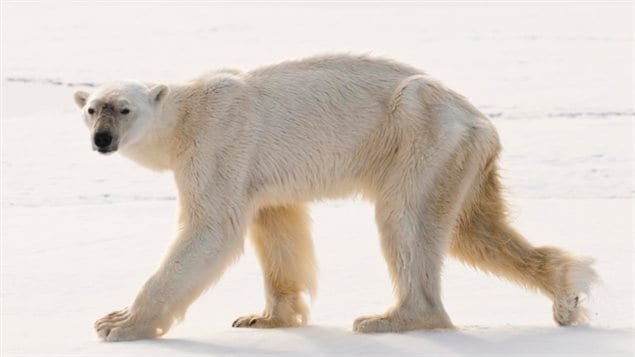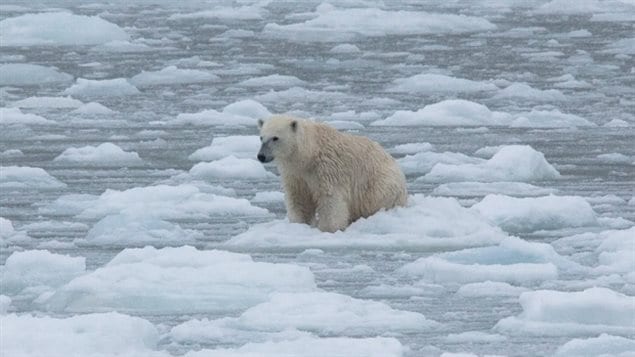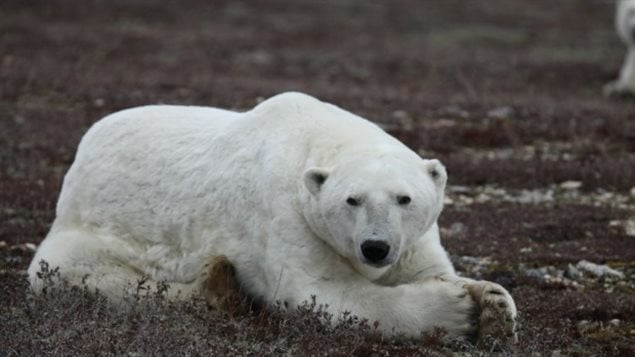There are 19 subpopulations of polar bears spread throughout the Arctic, and while some are doing alright, others have already begun to feel the effects of climate change.
Among them is the population around the western shore of Hudson Bay, and the town of Churchill Manitoba.
This is the time when the majestic bears begin to gather near the shore as they wait for the ice to form out on the vast Bay. The bears which have been existing on meagre summer diets and their own fat reserves, need the ice so they can travel out onto the bay in search of seals, rich in nutrients and fat, vital to the bears survival.

Because of the relative ease of access to this population, this population has been extensively studied for decades along with climatic and ecological changes taking place by the many scientists who have worked out of the Churchill Northern Studies Centres.
The evidence is clear that there has been great change in the climate, and the bear population is showing it.
Biologist Nick Lunn has been studying the bears for some 30 years. He says the population is on a long,slow, steady decline. From some 1200 bears in the late 1980’s he says there are only about 800 now.

Certainly a large part of the problem is a shorter ice-season meaning the bears spend about 30 days longer on land than in the past. That means another month on meagre or no food, resulting in thinner and weaker bears. Lunn also says the bears are having fewer cubs, and the mortality rate is higher.
Toxic chemical mix in bears
Adding to the concern is another new study showing a number of chemical pollutants in fat and liver samples of the Churchill subpopulation.
Environment Canada researcher Robert Letcher and colleagues tested for 295 “persistent organic pollutants” (POP’s) and found 210 were present at varying levels in the polar bears.
While the levels of some chemicals have be going down, such as DDT, thanks to international restrictions or outright bans, others are rising.
Quoted by the Canadian Press, Letcher says, “If a compound can migrate its way through the food web, all the way up to the polar bear, it must be pretty extensive:, but adds, “It’s really hard to extrapolate from a lab rat to a completely different species in the wild. We don’t have cause-effect evidence”.
While he also acknowledges that climate change is a major stressor on the species, he notes that in their particular research, “It’s a major challenge for us to understand how climate change variables are affecting contaminant exposure”.

Meanwhile, biologist Nick Lunn is less than optimistic. He says if things continue as is, the Churchill subpopulation may disappear within several more decades.
Additional information- sources
- CBC: D McCue: Nov 2/17: bleak future
- Canadian Press (via CTV) Oct 23/17: chemical toxins in bears
- Huffington Post: Dr. S Amstrup: Nov 1/17: Polar bear week- Climate talks Germany
- RCI: Apr 2016: less ice-more water- more energy expense
- RCI: Dec 2016: climate change- bears doomed?
- WWF: 2015: Beaufort Sea bear decline







For reasons beyond our control, and for an undetermined period of time, our comment section is now closed. However, our social networks remain open to your contributions.